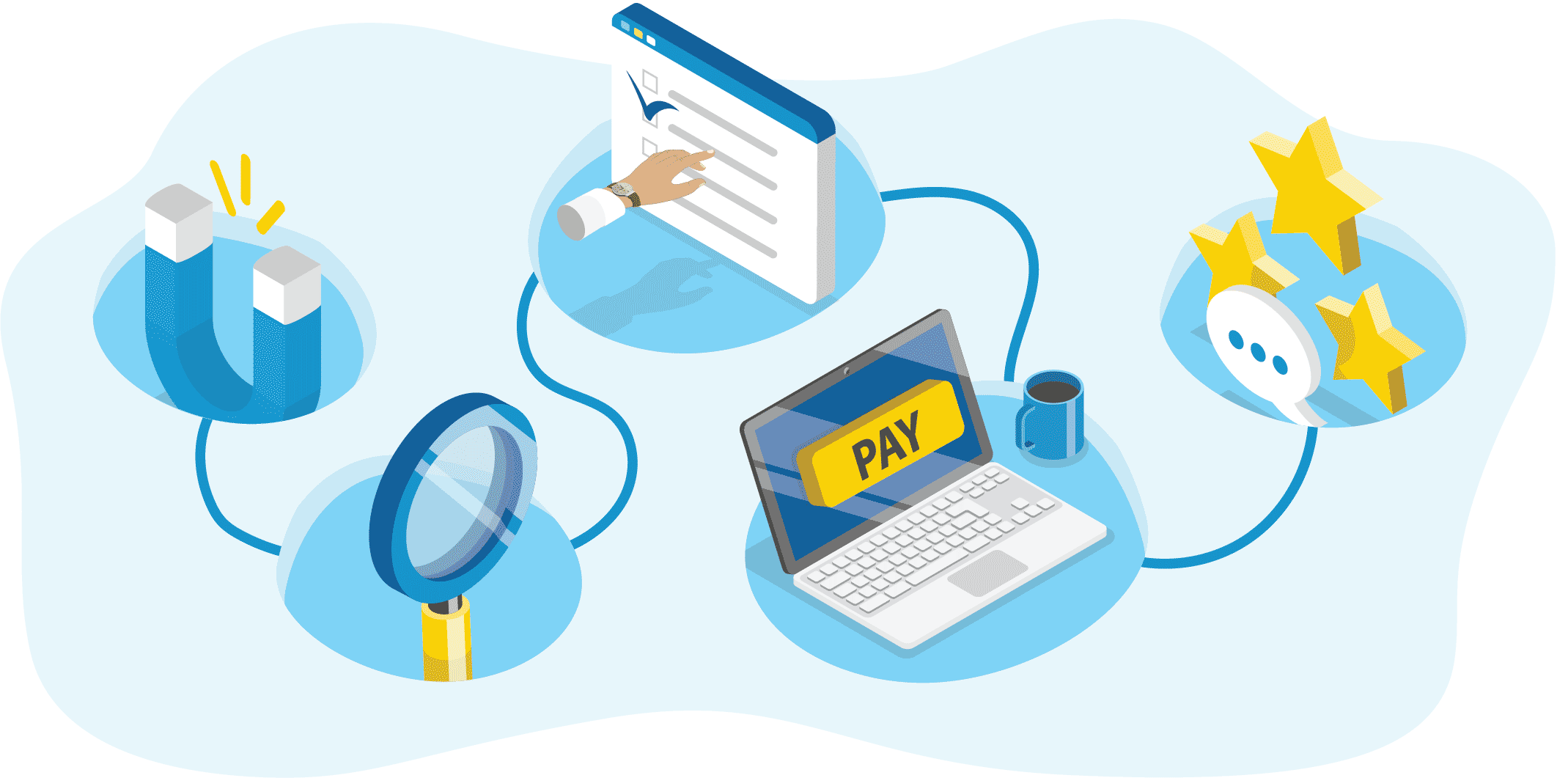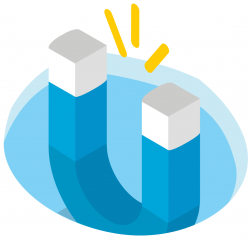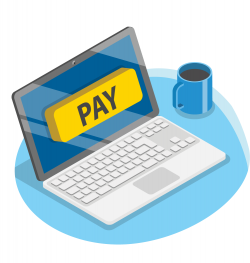Volatility isn’t an investment manager’s favorite word. In all honesty, it’s not a comforting word for most people.
In the market, volatility can make advisors nervous and cause investors to pull back, cash out, or panic. Panic being another one of those non-comforting words.
But volatility isn’t all bad. Some funds thrive on volatility. Plus, volatility can bring new—and more—investors into the market.
Take, for instance, the financial volatility the world has experienced since the pandemic. While the twists and turns, highs and lows wreaked havoc on investment managers, first-time investors saw an opportunity.
First-timers capitalized on market dips[1] to buy cheaper stocks. They signed up for apps, like Robinhood, that promise to make investing easy and approachable. They dipped their toes into cryptocurrencies, hoping to ride a tidal wave of success.
Financial services marketers quickly realized the combination of tumult and the rise of first-timers meant their strategy needed to change. Face-to-face time was limited or non-existent, but audiences were clamoring for information and guidance. How do marketers reach them? And what should they say?
The answers to those questions can be found by analyzing and documenting your buyer’s journey.
“Buyer’s journey” may seem like another trendy term, but you’ll find it is a fine-tuned approach to understanding how to attract and convert leads.
It accounts for all the interactions a buyer experiences with your organization as they determine whether you’re the best partner for their needs.
With its specific steps and ongoing measurement of success, a buyer’s journey helps focus marketing efforts on exactly what your buyer wants. Do it well, and your firm will emerge as the perfect solution.
You can build your buyer’s journey using this template.

Financial Buyer’s Journey
The buyer’s journey is made up of five steps buyers move through as they make their purchase decision (i.e., whether to invest with you).

Step 1: Awareness
At this stage, the client may or may not know your organization even exists. Or, if they do, they’re not sure if you have the investment solutions they need.
More than two-thirds of a typical prospect’s buyer’s journey[2] is now done via online and mobile, which makes this a great place to introduce your solutions.
Make sure your website clearly empathizes with the pain points your buyer has and communicates how you solve them. Create and share content that educates buyers about investments to position your organization as helpful and knowledgeable.
Your goal in the awareness stage is to make your audience aware of your organization and draw them to your owned channels.
Step 2: Research
Once you’ve attracted the attention of your audience, they’ll want to dive deeper into who you are and what you offer.
That buyer might want to start investing, improve their portfolio performance, or broaden their knowledge of a specific financial topic. Make sure your marketing efforts communicate how you meet all those needs.
Since clients aren’t identical, their interests and challenges aren’t either. Therefore, the content you offer cannot be “one size fits all.” Offering knowledge on a broad range of topics from current financial trends, such as inflation and ESG investing, to in-depth investment strategies will present you as an expert to each specific audience. Not only should the topics of your content vary, the channels you use should too. Research the social media platforms, publications, and media outlets your audience uses. As they conduct research across these channels, your messaging and expertise will be reinforced.


Step 3: Evaluation
At this stage, your target audience is aware of your brand and your thought leadership. They are actively connecting with you by repeated visits to your resources—maybe even signing up for your newsletter or opting into your emails.
Reading your articles, newsletters, and receiving your marketing emails help them compare what your brand offers against the competition. Ongoing interaction with your brand and content keeps you top of mind as an industry expert.
But staying top of mind with buyers takes time. Just because they received one email and read one article doesn’t mean they’re ready to commit. Buyers typically have between six and eight touchpoints[3] with your brand or content before reaching out.
The key is to remain consistent and continue to provide value until your audience is ready to contact you. No matter how long that takes.
Step 4: Purchase
You may think the purchase stage is where marketing’s role ends. After all, you’ve succeeded! Your buyer trusts you and believes you can help them make sound investment decisions.
This is the stage where sales and marketing work hand-in-hand to ensure the purchase process is as seamless as possible.
If you’ve been tracking your buyer throughout their journey using a CRM, make sure sales has access to that information. Sales should know the content that buyer consumed, the pages they visited on your website, and the emails they read.
Armed with this information, your sales process will be more pleasant for your buyer and potentially move more quickly.


Step 5: Retention
Even though retention is technically the “final” stage of your buyer’s journey, the goal is to keep them there long-term. You don’t just want a client, you want a loyal fan who refers you to others or invests with you further.
Foster loyalty by continuing to nurture clients with thought leadership, sound investment advice, and personalized communication.
Make sure clients know what channels you share information on and encourage them to interact with you.
Reach out to them for feedback about how your organization is doing. There are almost always ways to improve. Ask clients to provide a testimonial, a review, or be part of a case study.
The feedback you get from current clients will not only nurture those relationships, you can also use it to inform other marketing efforts higher in the buyer’s journey.
An ever-evolving journey
By developing a buyer’s journey and tracking data throughout, your company will be informed and aware of where prospective and current investors and advisors are in the sales process.
Aligning and optimizing your marketing efforts to your buyer’s journey is a continuous process. You can’t “set it and forget it.” By tracking and analyzing results, you’ll see where adjustments can be made over time for greater success.
Just like the pandemic upended marketing plans in 2020 and 2021, other events, market changes, and technology advances will lead to future changes. Remember, volatility isn’t always a bad thing. If you’re prepared and open to changing course, new audiences await.
Looking for more information about marketing for investment managers? Check out our article about the 5 must-have items in a financial marketer’s toolkit.
